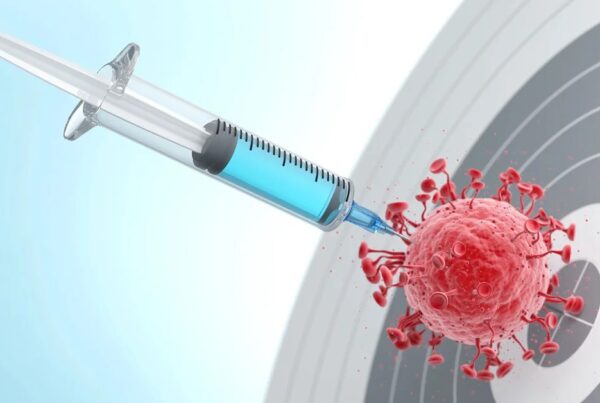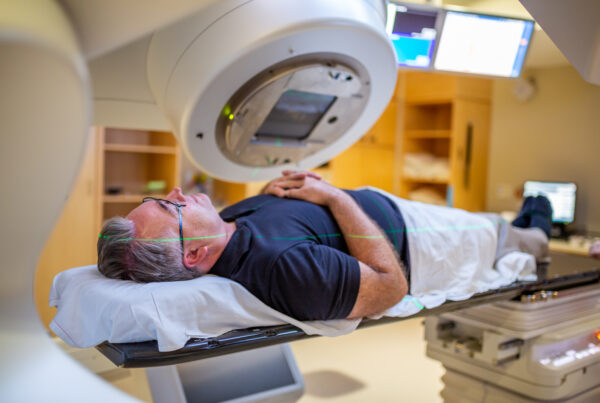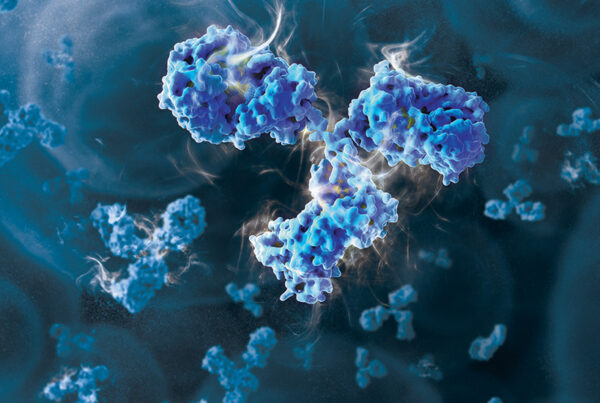The word “cancer” itself is enough to evoke anxiety and fear, as it refers to a malignant disease characterized by uncontrolled growth, threatening the patient’s life and health.
Despite all the awareness campaigns about cancer types and categories, the question remains in the minds of many: “What is the hardest cancer to treat?“
This is a question that resonates with both doctors and patients alike.
The answer to this question is not simple or one-sided, as the difficulty of cancer depends on multiple factors including the type of cancer itself, its stage at diagnosis, its aggressiveness, and its responsiveness to treatment.
It’s difficult to definitively answer this question, as many cancers are characterized by extreme aggressiveness and difficulty in treatment.
Nevertheless, we will delve into research and statistics to highlight the types that are considered most challenging in terms of diagnosis, treatment, and survival.
If you are considering cancer treatment options, Liva Hospital in Turkey is considered a medically advanced destination, especially in treating complex cancer cases.
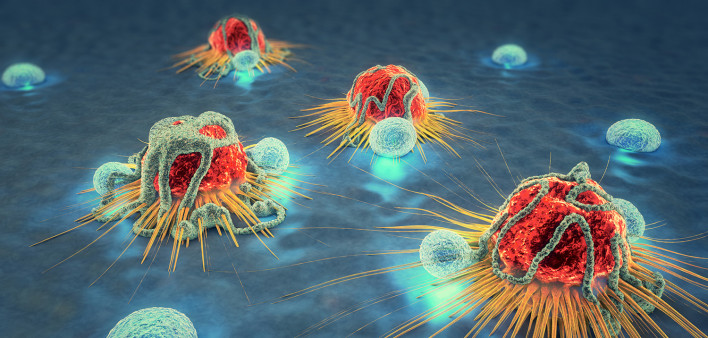
The Difficulty and Complexity of Cancer
Defining the “hardest cancer” requires a comprehensive understanding of the criteria that make a particular type of cancer more fatal or challenging than others.
It’s not always about a high mortality rate; it also includes the difficulty of early diagnosis, resistance to traditional treatments, rapid spread, and the tumor’s ability to evade the body’s immune response.
Some cancers are characterized by their aggressive nature, which causes them to spread rapidly to other organs (metastasis), increasing the complexity of treatment and reducing the chances of cure.
Factors such as the tumor’s anatomical location, size, and the presence of specific genetic mutations can significantly affect the course of the disease and its response to treatment.
For example, tumors that originate in deep vital organs are difficult to access surgically and may be resistant to radiation or chemotherapy.
Pancreatic Cancer: The Hidden Enemy
Pancreatic cancer is often referred to as the “hidden enemy” due to its malignant nature, which makes it one of the most difficult types of cancer to diagnose and treat.
It is usually discovered in late stages, when the tumor has already spread to other parts of the body.
Early signs and symptoms of pancreatic cancer are often vague and non-specific, such as mild back pain or unexplained weight loss, leading to delayed diagnosis.
Additionally, pancreatic cancer tends to resist traditional chemotherapy and radiation, and surgical intervention, which is the only treatment option that offers a chance for cure, has strict criteria and is not suitable for all patients.
Cancer cells in the pancreas are often surrounded by dense connective tissue (stroma) that hinders drug delivery, increasing the difficulty of effective treatment.
Brain Cancer
Brain cancer, especially glioblastoma multiforme, is considered an enormous challenge.
The tumor is located in one of the most vital organs of the body, making surgical intervention extremely complex and carrying high risks.
Even after surgical removal of the tumor, microscopic cancer cells often remain scattered in the surrounding brain tissue, leading to tumor recurrence.
Furthermore, the blood-brain barrier, a natural defense mechanism that protects the brain from harmful substances, impedes the access of many chemotherapy drugs to cancer cells.
This is in addition to the aggressive nature and rapid growth of these tumors, and their ability to develop resistance to treatment, which often leads to very poor prognoses.
Many research centers and prestigious hospitals, like Liva Hospital in Turkey, are working on developing innovative treatments for these complex tumors, such as immunotherapy and targeted therapy, to improve patient outcomes.
Esophageal Cancer and Small Cell Lung Cancer
Both esophageal cancer and small cell lung cancer pose significant challenges in the field of oncology.
Esophageal cancer is often diagnosed in late stages due to initial non-specific symptoms, such as difficulty swallowing, which only appear when the tumor has grown and spread.
The location of the esophagus, which passes through the chest, makes surgical intervention complex, and the tumor’s proximity to other vital organs increases the difficulty of radiation and chemotherapy.
Small cell lung cancer, on the other hand, is known for its extreme aggressiveness and its ability to spread very rapidly to other parts of the body even before obvious symptoms appear.
Despite its good initial response to chemotherapy and radiation, it often returns in a more resistant form, making long-term disease control extremely difficult.
Liver Cancer
Liver cancer, especially hepatocellular carcinoma, is a type of cancer that places a double burden on the patient.
This type of cancer often originates in a liver already affected by chronic diseases such as cirrhosis or viral hepatitis B or C.
This means that the liver, a vital organ responsible for many critical bodily functions, is already in a weakened state, limiting available treatment options and increasing the risk of complications.
Additionally, liver cancer can be aggressive and spread rapidly, and it is difficult to surgically remove in many cases due to the tumor’s size or extensive spread within the liver.
Targeted therapies and immunotherapy may offer some hope, but the overall prognosis remains guarded.
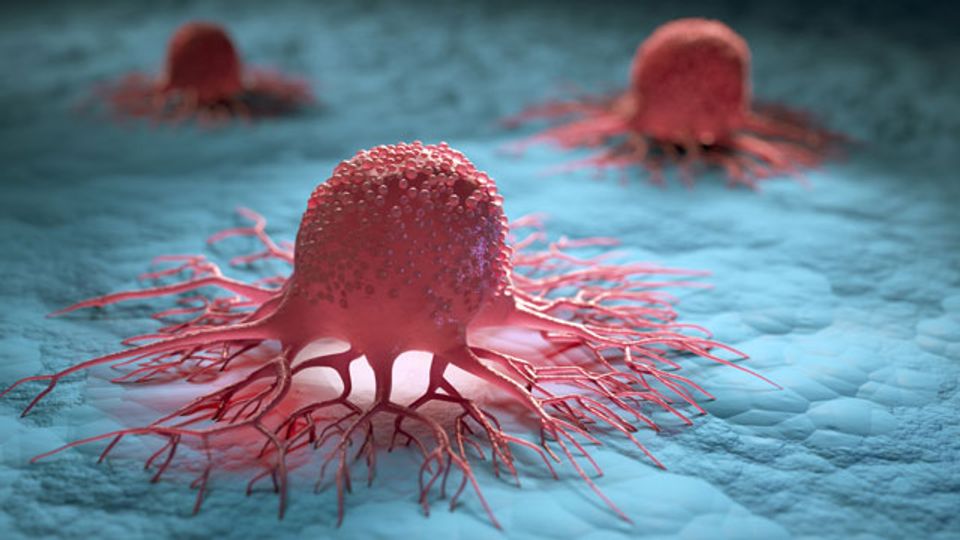
Factors That Make Cancer “Difficult”
Regardless of specific cancer types, there are common factors that contribute to making any cancer more difficult to treat. These factors include:
- Late Diagnosis: The earlier cancer is detected, the higher the chances of effective treatment and complete cure.
- Metastasis: The spread of cancer to other organs makes the disease more complex and reduces available treatment options.
- Aggressive Genetic Mutations: Some mutations cause cancer cells to grow faster and resist treatment.
- Treatment Resistance: The ability of cancer cells to develop resistance to drugs used in chemotherapy or targeted therapy.
- Difficult Tumor Access: Tumors located in sensitive or deep areas of the body are difficult to surgically remove or target with radiation.
- Patient’s General Health: Other chronic diseases of the patient can limit treatment options and increase risks.
Conclusion
There is no single, absolute answer to the question, “What is the hardest cancer to treat?“
The difficulty of cancer fluctuates among a set of interconnected factors, from the tumor’s biological nature to the timing of diagnosis and the body’s response to treatment.
Pancreatic cancer, glioblastoma in the brain, small cell lung cancer, esophageal cancer, and liver cancer often top the list of the most challenging cancers due to their aggressive nature, difficulty of early diagnosis, and resistance to current treatments.
However, it must be emphasized that research is progressing at an accelerated pace, and innovations in the fields of immunotherapy, targeted therapy, gene therapy, and robotic surgery offer a new glimmer of hope for patients suffering from these complex diseases.
The efforts of scientists and doctors worldwide, including prestigious medical institutions like Liva Hospital in Turkey, are converging to overcome these diseases and improve patients’ quality of life and increase survival rates.
Frequently Asked Questions
Is the most aggressive cancer necessarily the hardest to treat?
Not necessarily. While aggressiveness plays a significant role, the difficulty of treatment is also affected by other factors such as location, stage of diagnosis, and the tumor’s responsiveness to treatment. Some aggressive cancers may respond well to certain treatments if detected early.
Are there cancers that can be completely cured?
Yes, many types of cancer, especially those detected in very early stages, can be completely cured and achieve complete remission. Breast cancer, prostate cancer, and thyroid cancer, for example, have very high cure rates when diagnosed early.
What is the role of early diagnosis in fighting cancer?
Early diagnosis is the cornerstone of cancer combat. It significantly increases the chances of successful treatment, reduces the need for more aggressive therapies, and generally improves the patient’s quality of life.
Does the difficulty of cancer vary among individuals?
Yes, each individual’s response to cancer and its treatment varies greatly. An individual’s genetic makeup, general health, and lifestyle play a role in how the disease progresses and responds to treatment.
Do modern treatments like immunotherapy make difficult cancers easier to treat?
Modern treatments such as immunotherapy and targeted therapy have revolutionized the treatment of many types of cancer, including some that were considered difficult to treat. These treatments have significantly improved outcomes for some patients, but they are not a magic bullet for all cases.
Will a definitive cure for cancer be found shortly?
Scientific research is progressing rapidly, and there is great hope for developing more effective treatments in the future. However, given the complex and diverse nature of cancer, it is unlikely that there will be a single “definitive cure” for all types of cancer.

